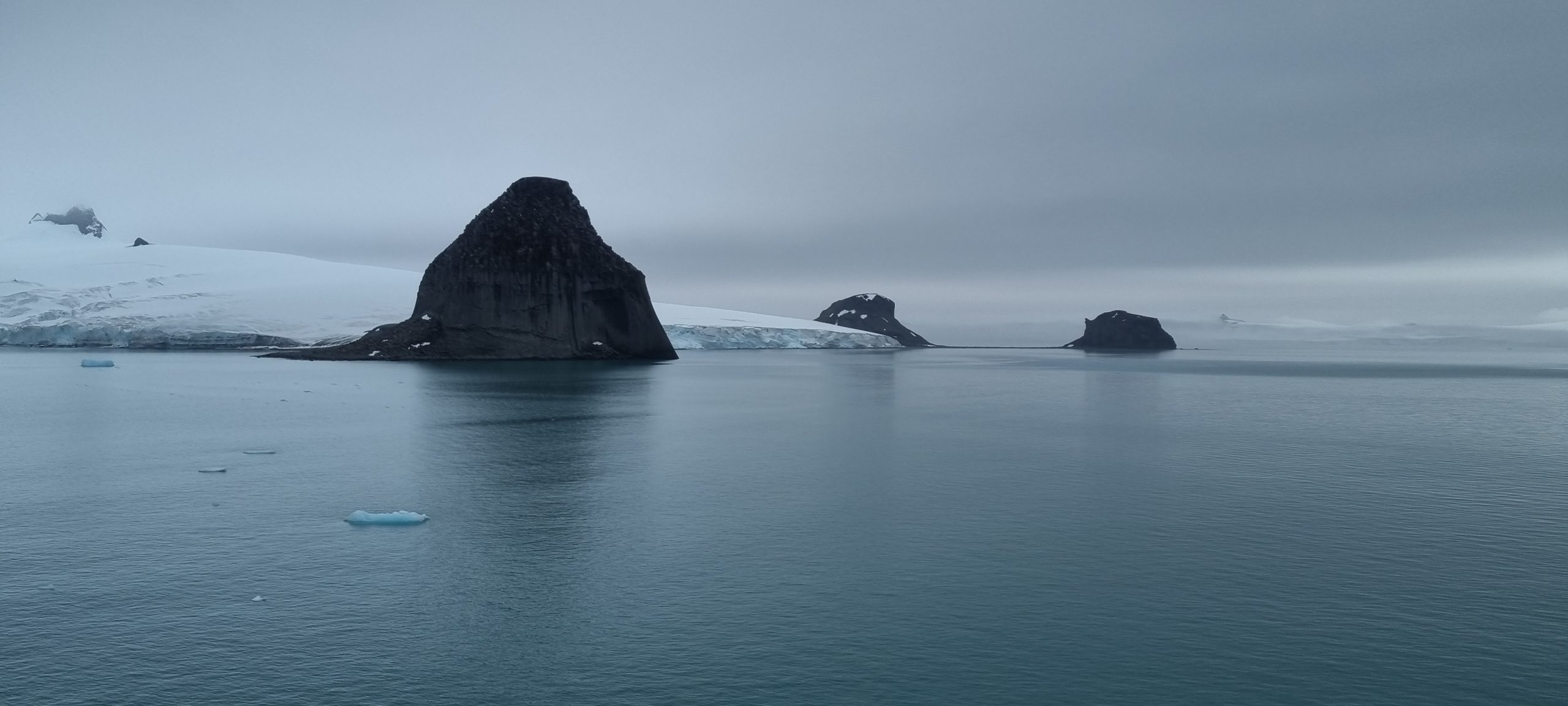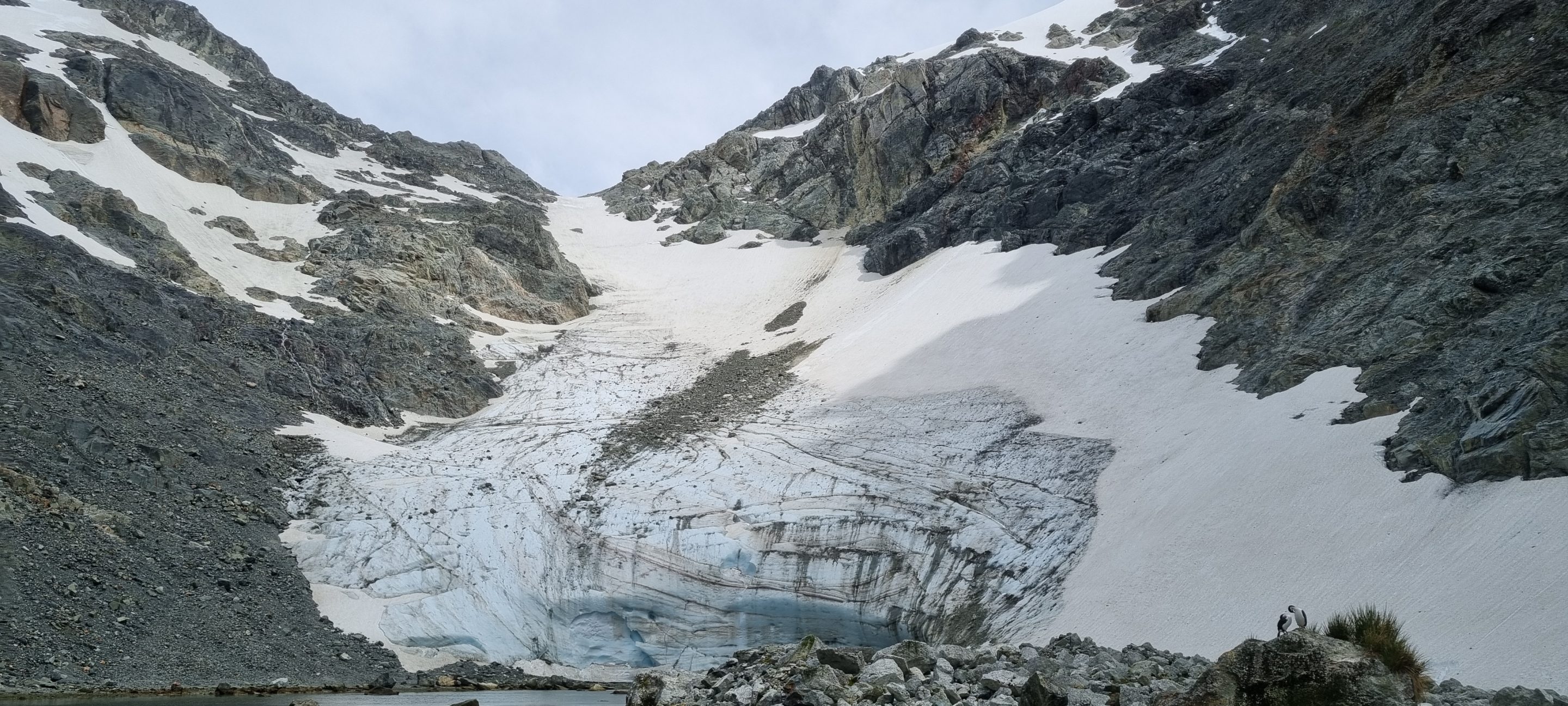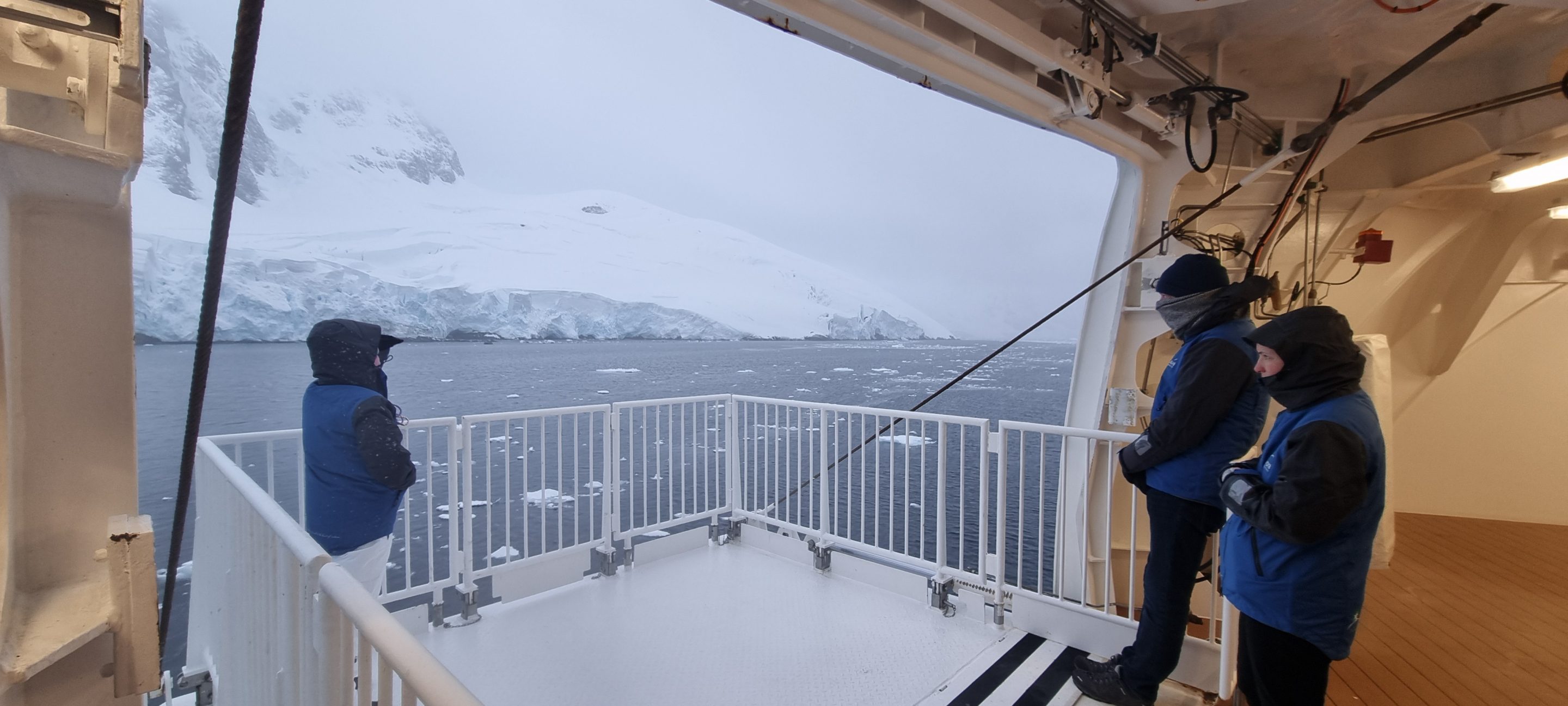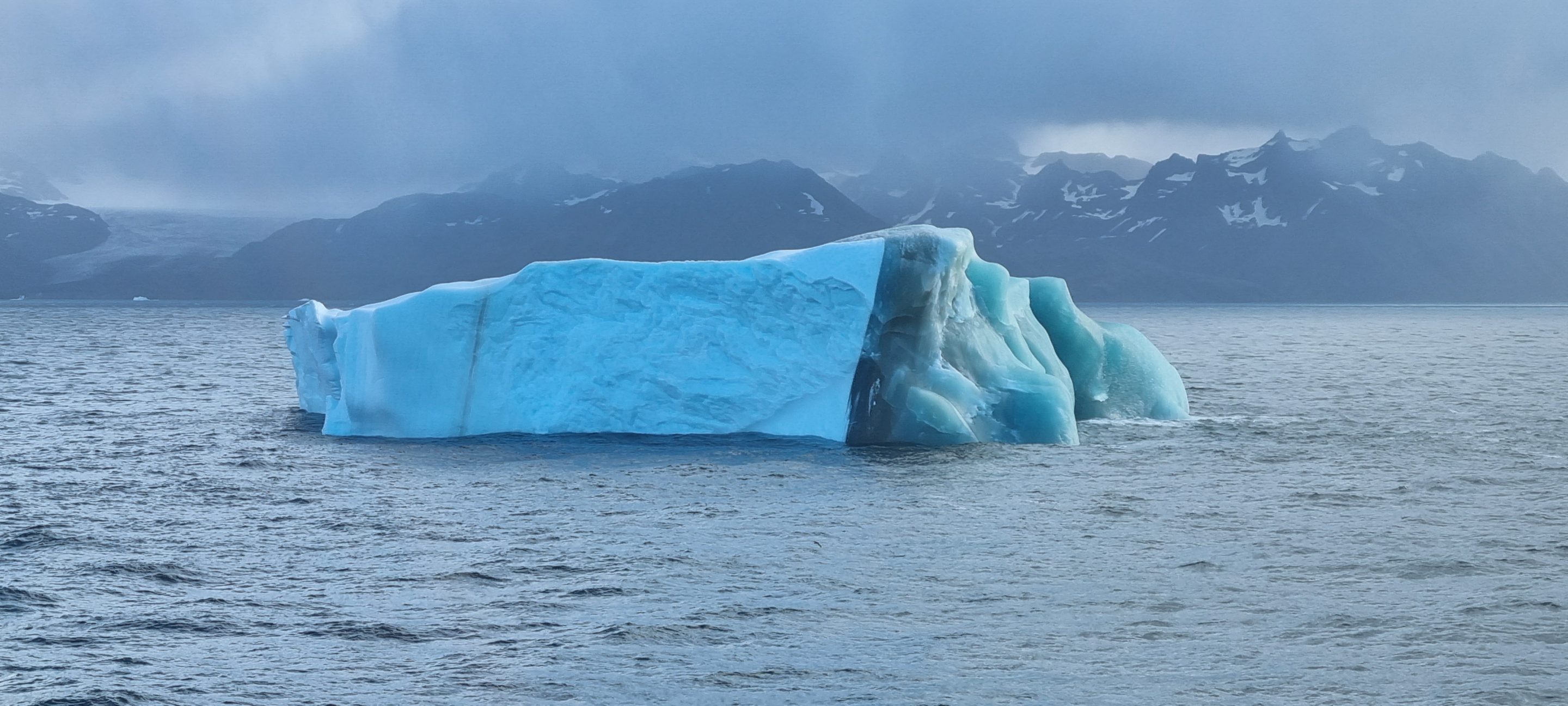The Geology of Antarctica
Antarctica offers a unique window into the Earth’s geological past, revealing critical insights into the processes that have shaped our planet. Despite its harsh and ice-covered landscape, Antarctica’s geology is a rich tapestry of tectonic history, dynamic processes, and striking petrological features.
From its origins within the ancient supercontinent Rodinia to its current position at the South Pole, the geological evolution of Antarctica spans hundreds of millions of years. The continent’s history is marked by significant tectonic events, volcanic activity, and the gradual onset of glaciation, which have collectively influenced its topography and composition.
This overview explores the key geological events that have shaped Antarctica, examines the dominant processes that continue to shape its landscape, and delves into the diverse petrological characteristics that define this enigmatic landmass.
Tectonic Evolution of Antarctica
Precambrian Foundations (4.6 Billion–541 Million Years Ago)
Antarctica’s geological history dates back to the Precambrian, more than 600 million years ago, when the continent was part of the ancient supercontinent Rodinia. The rocks from this era, particularly in East Antarctica, reveal evidence of metamorphism and igneous activity, including granites and gneisses that testify to crustal recycling and tectonic collisions.
The breakup of Rodinia, which began around 750 million years ago, triggered the dispersal of crustal blocks, some of which amalgamated to form the Gondwana supercontinent in the late Precambrian to early Palaeozoic era. The East Antarctic Craton represents one of the oldest and most stable continental blocks in the world, showcasing a geological history that spans more than three billion years.
Gondwana and the Palaeozoic Era (541–252 Million Years Ago)
During the Palaeozoic, Antarctica formed the southernmost region of Gondwana. This supercontinent included South America, Africa, India, Australia, and Antarctica. Palaeozoic geological records highlight periods of marine sedimentation, mountain building, and glaciation.
The Ross Orogeny, a significant tectonic event in the Cambrian period (approximately 540–500 million years ago), led to the uplift of the Transantarctic Mountains, which now divide East and West Antarctica.
Evidence of extensive glaciation during the late Palaeozoic, particularly in the Carboniferous and Permian periods (359–252 million years ago), is preserved in tillite deposits, such as those found in the Beacon Supergroup. These deposits indicate that Antarctica experienced ice sheet coverage even before its modern glaciated state.
Mesozoic Era: Breakup of Gondwana (252–66 Million Years Ago)
The Mesozoic era marked the fragmentation of Gondwana, with Antarctica gradually drifting southward to its current polar position. Rifting between Antarctica and Africa began in the Jurassic, approximately 180 million years ago, followed by separation from India and Australia during the Cretaceous.
West Antarctica experienced significant volcanic activity during this time, associated with rifting and the opening of the South Atlantic and Southern Oceans. This activity is recorded in igneous rocks, including basaltic flows and intrusive bodies, which are prominent in the Antarctic Peninsula.
Cenozoic Era: Glaciation and Isolation (66 Million Years Ago–Present)
By the Cenozoic, Antarctica was fully separated from other landmasses and became geographically isolated at the South Pole. The establishment of the Antarctic Circumpolar Current, driven by the opening of the Drake Passage around 34 million years ago, intensified the continent’s cooling.
The onset of widespread glaciation marked a transformative period in Antarctica’s geology. Ice sheets began forming during the Eocene-Oligocene transition, approximately 34 million years ago, and have persisted since. Glacial processes have dominated the landscape through erosion, deposition, and isostatic adjustments.
Dominant Geological Processes in Antarctica
Glacial Erosion and Deposition
Antarctica’s glaciers play a pivotal role in shaping the continent. Glacial erosion carves deep valleys, fjords, and troughs, while transporting vast quantities of sediment to coastal regions. Subglacial processes, including the movement of basal ice and meltwater, contribute to the formation of streamlined landforms such as drumlins and eskers.
The deposition of glacial till and marine sediments is evident along the continental shelf. These deposits provide insights into past ice sheet dynamics and climate fluctuations.
Volcanism and Tectonic Activity
Volcanism is prominent in West Antarctica, particularly along the Antarctic Peninsula and in the Marie Byrd Land volcanic province. Active volcanoes, such as Mount Erebus on Ross Island, demonstrate ongoing igneous processes. These volcanic systems provide valuable data on mantle dynamics and regional tectonics.
Tectonic activity in Antarctica is relatively limited due to its position within the stable Antarctic Plate. However, extensional forces along rift zones, such as the West Antarctic Rift System, have shaped the landscape through faulting and subsidence.
Sedimentation and Marine Geology
Sedimentation processes in Antarctica are concentrated in marine environments. Iceberg rafting transports sediments from the continent to the Southern Ocean, while turbidites and hemipelagic deposits accumulate on the continental slope. Deep-sea drilling projects have revealed thick sedimentary sequences, which preserve records of past climatic and oceanographic changes.
Petrology of Antarctica
The petrology of Antarctica reflects its complex tectonic history and diverse geological settings. Key petrological features include igneous, metamorphic, and sedimentary rocks distributed across East and West Antarctica.
Igneous Rocks
Antarctica hosts a variety of igneous rocks, ranging from Precambrian granites to Cenozoic basalts. The East Antarctic Shield contains granitic and tonalitic rocks formed during ancient magmatic events. In contrast, West Antarctica is characterised by younger volcanic rocks, including basaltic flows and pyroclastic deposits associated with extensional tectonics.
Mount Erebus, one of the world’s few continuously active volcanoes, provides a unique window into alkaline magmatism. Its lavas are rich in sodium and potassium, forming rare minerals such as anorthoclase.
Metamorphic Rocks
Metamorphic rocks are predominantly found in East Antarctica, where high-grade gneisses and schists reflect ancient orogenic events. The Shackleton Range and the Gamburtsev Subglacial Mountains contain rocks subjected to intense metamorphism during the Proterozoic and Palaeozoic.
These rocks display evidence of deep burial, high-temperature conditions, and subsequent exhumation. The presence of eclogites and granulites indicates episodes of subduction and crustal thickening.
Sedimentary Rocks
Sedimentary sequences in Antarctica preserve a record of palaeoenvironments, including marine, fluvial, and glacial settings. The Beacon Supergroup, a prominent sedimentary unit, contains sandstones, shales, and coal beds deposited during the Palaeozoic and Mesozoic. These rocks provide critical insights into Antarctica’s pre-glacial ecosystems and climatic conditions.
Marine sediments on the continental shelf and slope offer a detailed archive of Quaternary glaciation and deglaciation events. Palaeoclimatic reconstructions based on these sediments enhance our understanding of Antarctic ice sheet behaviour.
The Impact of Glaciation
The story of Antarctic glaciation begins around 34 million years ago, marked by global cooling and the formation of the Antarctic Circumpolar Current. As temperatures fell, the first ice sheets began to form, starting the glaciation that defines Antarctica today.
Sculpting the Antarctic Landscape
The movement of ice sheets has dramatically shaped Antarctica’s topography. Glaciers carved deep valleys and fjords, particularly along the Antarctic Peninsula and Transantarctic Mountains. The immense weight and movement of ice also smoothed mountain tops and created sharp arêtes.
Formation of Ice Streams and Glacial Lakes
Faster-moving ice areas, known as ice streams, developed as ice sheets grew, transporting ice from the interior to the coast. Meltwater at glacier bases facilitated movement, creating glacial lakes held back by ice dams. Occasionally, these dams burst, rapidly reshaping the landscape.
Deposition of Glacial Features
The advance and retreat of glaciers left depositional features like moraines and erratics, which mark ice advances and create unique patterns. Till plains and drumlins indicate past glacial flows, revealing Antarctica’s dynamic glaciation history.
Dynamic Geological Processes in Antarctica
The geology of Antarctica is a testament to the dynamic processes that have shaped the Earth over billions of years. From its origins as part of ancient supercontinents to its current role as a polar ice-covered landmass, Antarctica’s geological record is invaluable for understanding global tectonics, climate change, and the history of life.
The petrological diversity of the continent underscores the complexity of its geological evolution, while ongoing research continues to uncover new insights into its subsurface and surface processes. As the frontier of geological exploration, Antarctica remains a critical region for advancing scientific knowledge.
Further Reading
The website discoveringantarctica.org.uk has some good information, as does the British Antarctic Survey.
Back To Top




